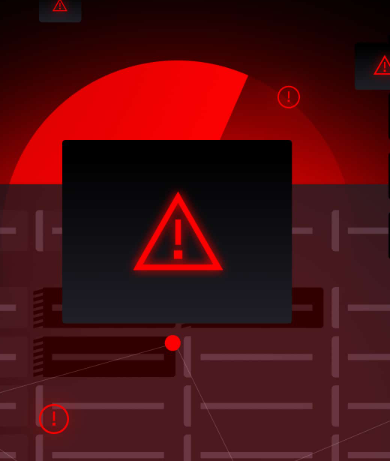
As cyberattacks continue to evolve in both frequency and sophistication, traditional security methods are no longer enough to safeguard businesses. Manual processes simply cannot keep up with the speed and complexity of modern threats. This is where automated threat intelligence becomes a game changer. By leveraging real-time data collection, analysis, and response, automated systems offer businesses a faster, smarter, and more scalable approach to security.
What Is Automated Threat Intelligence?
Automated threat intelligence utilizes artificial intelligence (AI) and machine learning to gather and analyze data from various sources. These systems detect patterns and generate actionable insights without the need for constant human intervention. This technology processes vast amounts of global threat information, converting it into real-time alerts and decisions that enable security teams to respond to cyber threats more efficiently.
Why Automated Threat Intelligence Is Essential
- Instant Threat Detection
Automated systems continuously monitor data from internal logs, external threat feeds, and user behavior patterns to identify emerging threats as soon as they occur, allowing teams to respond before significant damage happens. - Accelerated Response to Incidents
By quickly identifying and prioritizing high-risk threats, automated threat intelligence helps teams act fast, limiting the impact of attacks and preventing them from escalating. - Minimized Human Error
Automating threat detection and decision-making reduces the reliance on human intervention, which can be prone to delays, mistakes, and fatigue—especially in overwhelmed security teams. - Adaptable Security for Growing Businesses
As your organization expands, so does the risk. Automated threat intelligence seamlessly scales across cloud, on-premise, and hybrid environments, providing consistent protection regardless of the system size. - Prioritizing and Understanding Threats
Not all alerts are urgent. Automated tools assign risk scores and provide context, enabling teams to focus on the most critical threats while reducing the overload of low-priority alerts. - Proactive Security Measures
Instead of waiting for attacks to happen, automated threat intelligence allows organizations to anticipate and prepare for future risks, closing vulnerabilities before they can be exploited.
Real-World Applications of Automated Threat Intelligence
- Phishing Detection
By analyzing URLs, domains, and email behavior in real time, automated systems can detect and prevent phishing attacks aimed at tricking users into providing sensitive information. - Monitoring Insider Threats
Behavioral analytics can flag unusual activities, such as unauthorized data transfers or atypical login patterns, which could signal compromised accounts or malicious insiders. - Protection Against Malware and Ransomware
Automated systems identify malware signatures and abnormal file behaviors, allowing them to block or quarantine threats before they can cause harm. - Vulnerability Management
Automated threat intelligence can highlight critical vulnerabilities within your systems and guide patch prioritization, ensuring that the most significant risks are addressed first.
Conclusion
With the increasing complexity and volume of cyber threats, automated threat intelligence is essential for any organization looking to strengthen its security posture. By detecting, prioritizing, and responding to threats in real-time, automated systems allow businesses to stay ahead of cybercriminals, reduce risks, and improve overall efficiency in their security operations.






























































